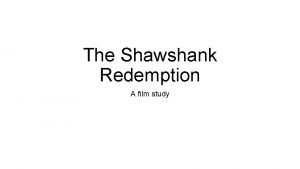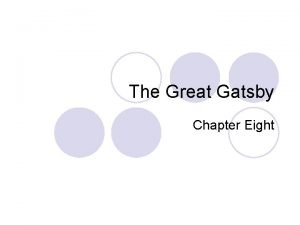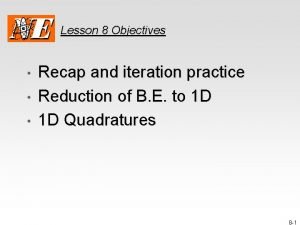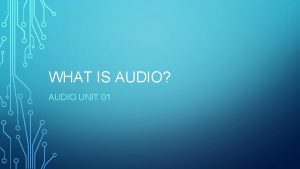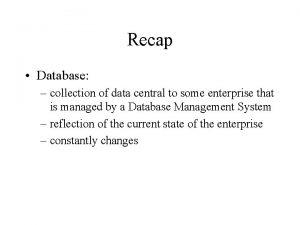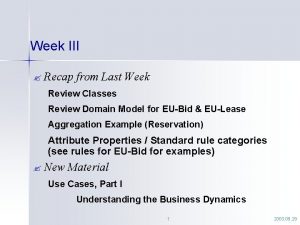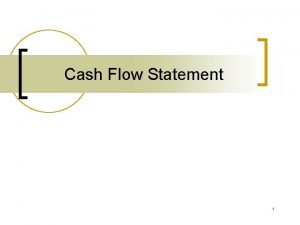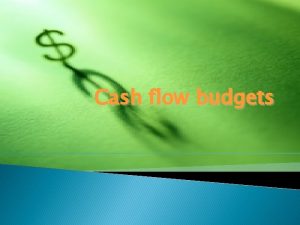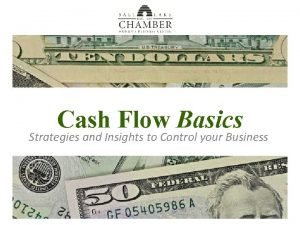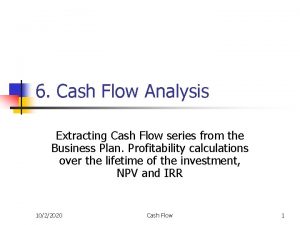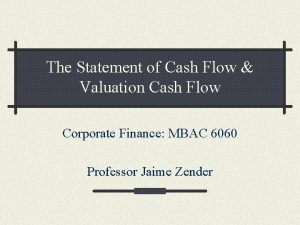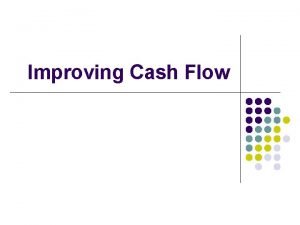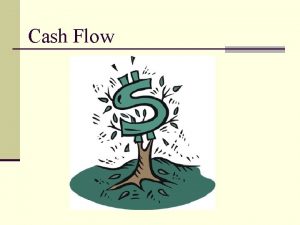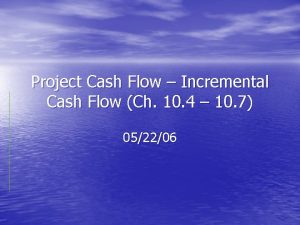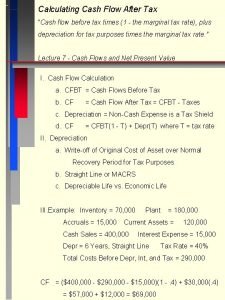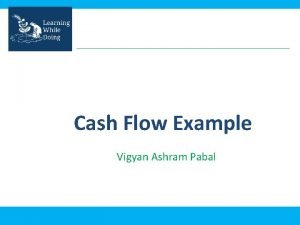Recap Cash Flow Cash in or Cash Out












- Slides: 12

Re-cap: Cash Flow Cash in or Cash Out (Interactive Game) http: //www. businessstudiesonline. co. uk/live/i ndex. php? option=com_content&view=article &id=35&Itemid=23

UNIT TITLE: LESSON TITLE: Unit 3: Accounts & Finance Balance Sheet COMPETENCY FOCUS: Key Skills (L 5): you will be able to develop your numeracy skills to calculate financial transactions of a business and to interpret financial data. Learning Objectives By the end of the lesson, you should be able to… LO 1) To describe the purpose of a balance sheet LO 2) To complete a balance sheet from information provided LO 3) To analyse financial statements for a small business and suggest appropriate actions that the business can take to succeed.

I can recognise the layout of the Balance Sheet, input data correctly and explain what the figures show: Competence level Descriptor Autonomous I can delve deeper into my calculations by fully explaining how my calculations explain the financial state of the business and I will evaluate how effective/ineffective their business activities have been for the organisation and make justified recommendations for improvement. Advanced As below but additionally I can use my calculations to begin to analyse the activities of my focus organisation and recommend strategies for improvement. Strong As below but additionally I can fully explain what the calculations show and explain the financial state of the business. Regular I can correctly input data into a balance sheet, calculate totals and then begin to explain what the calculations show. Guided Through basic calculations, I can input data correctly into a balance sheet.

Which one? ? ? Which of the following activities can make a business more successful? a) Analysing financial accounts b) Analyse financial information about competitors OR a) Reducing the company overdraft limit

What is a Balance Sheet? • A balance sheet records where the business got its money from and what it has done with it. The two balance out exactly! • It shows the value of all assets and capital on a particular date (last day of financial year – 31 st March)

Assets: All of the premises, machinery, equipment, stocks and cash owned by the business at a given time. Liabilities: The debts of the business Equity: The amount invested in the business.

MINI TASK For each of the following options, state whether they are an asset or a liability. Ipod Dog House DVD player Bank overdraft Mobile Phone Bill Pocket money/allowance Dishwasher

Fixed Assets Vs Current Assets Fixed Assets: Assets that are owned and are expected to be kept for more than 1 year or many years. Current Assets: Assets that can be converted in to cash more easily and are only retained for less than 1 year. These are listed in order of liquidity (easiest to convert in to cash)

Current Liabilities Current liabilities are bills the firm has to pay soon (within 1 year) Included in current liabilities is: -creditors (money owed to suppliers for stock) - Corporation tax (to Government) - Unpaid dividends to shareholders

Current Assets Net Current Assets(working capital) = Current Assets – Current Liabilities Net assets (what the company is worth) = Net current assets + fixed assets

What does this tell us about the state of the business?

TASK 1 Using the format of the previous balance sheet, construct a balance sheet for the following business: The following figures are taken from Rock Star Studio’s business accounts as at 30 June 2012. Fixed assets = £ 500, 000. Non-current assets = £ 260, 000 Current assets = £ 694, 500 Current liabilities = £ 375, 000 Non-current liabilities= £ 134, 000 The business is financed by £ 50, 000 share capital and £ 395, 500 retained profits.
 Personification in one thing by one direction
Personification in one thing by one direction Cash in cash out example
Cash in cash out example Shawshank redemption brief summary
Shawshank redemption brief summary The great gatsby chapter 8-9 summary
The great gatsby chapter 8-9 summary Price is right recap
Price is right recap What is the purpose of an iteration recap
What is the purpose of an iteration recap Recap intensity clipping
Recap intensity clipping 60 minutes recap
60 minutes recap Recap database
Recap database Bracket power rule
Bracket power rule Sample script for recapitulation
Sample script for recapitulation Recap introduction
Recap introduction Recap from last week
Recap from last week


